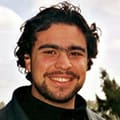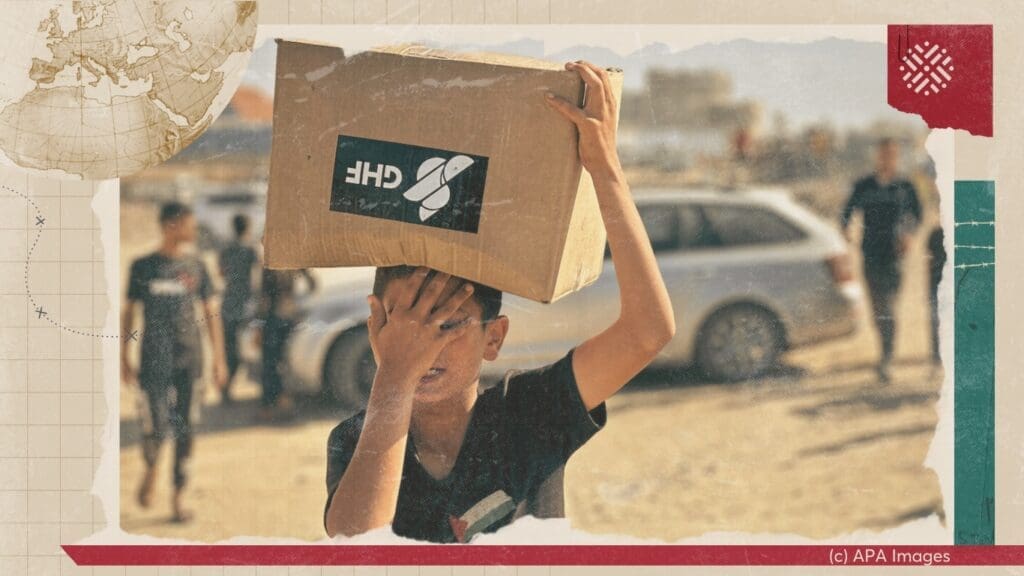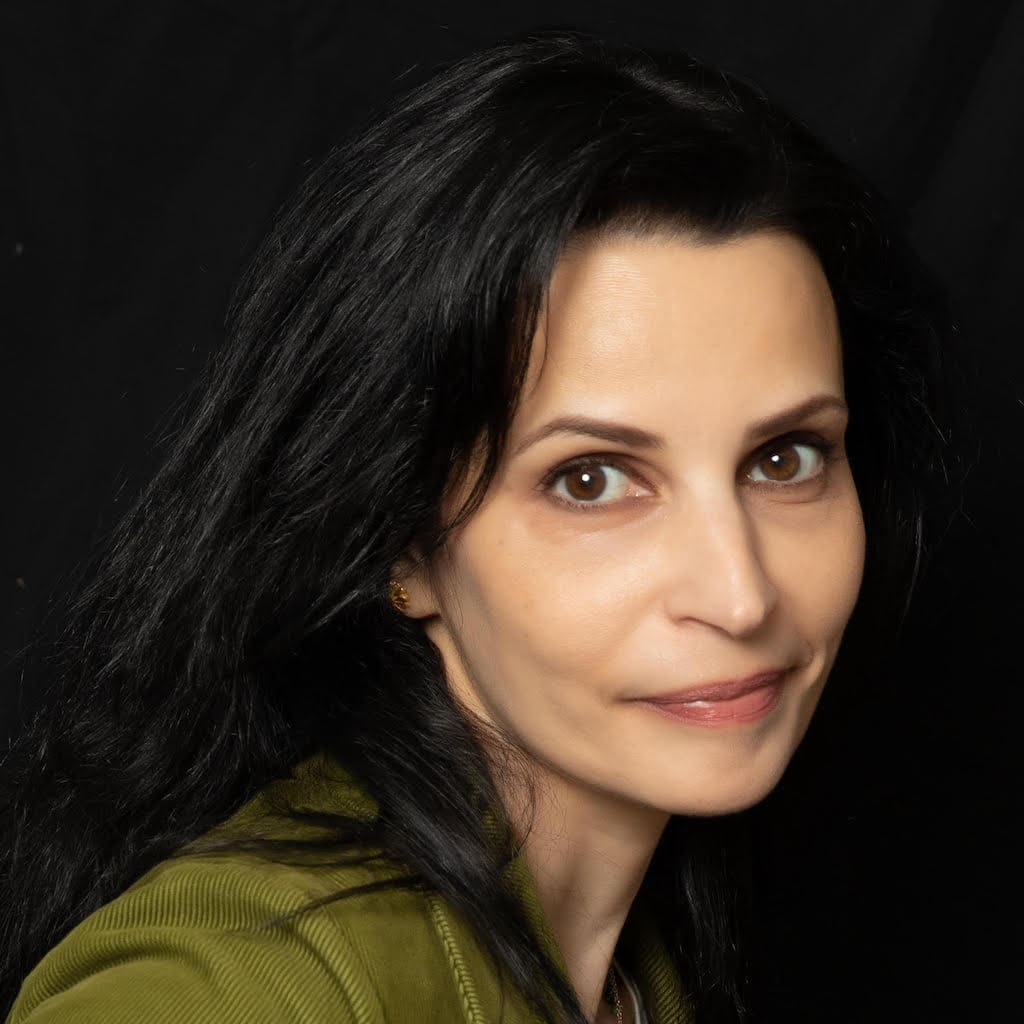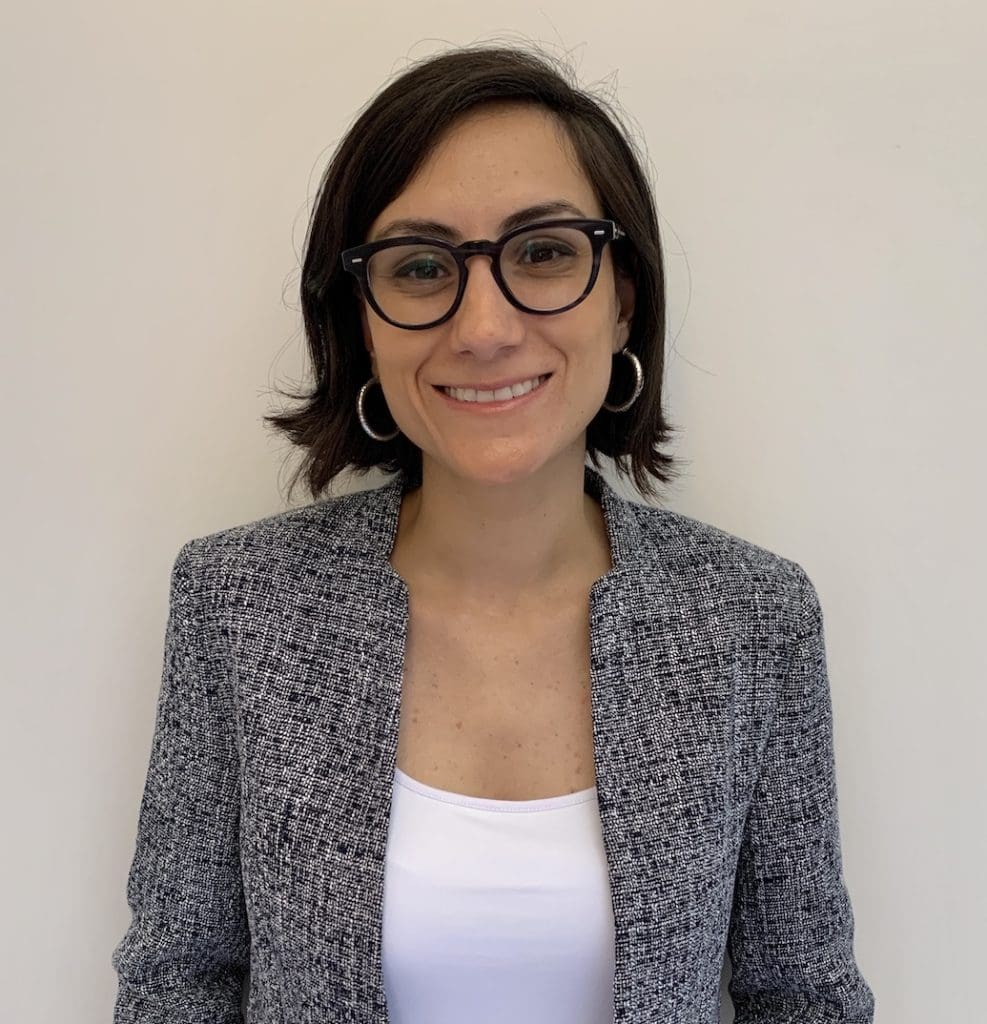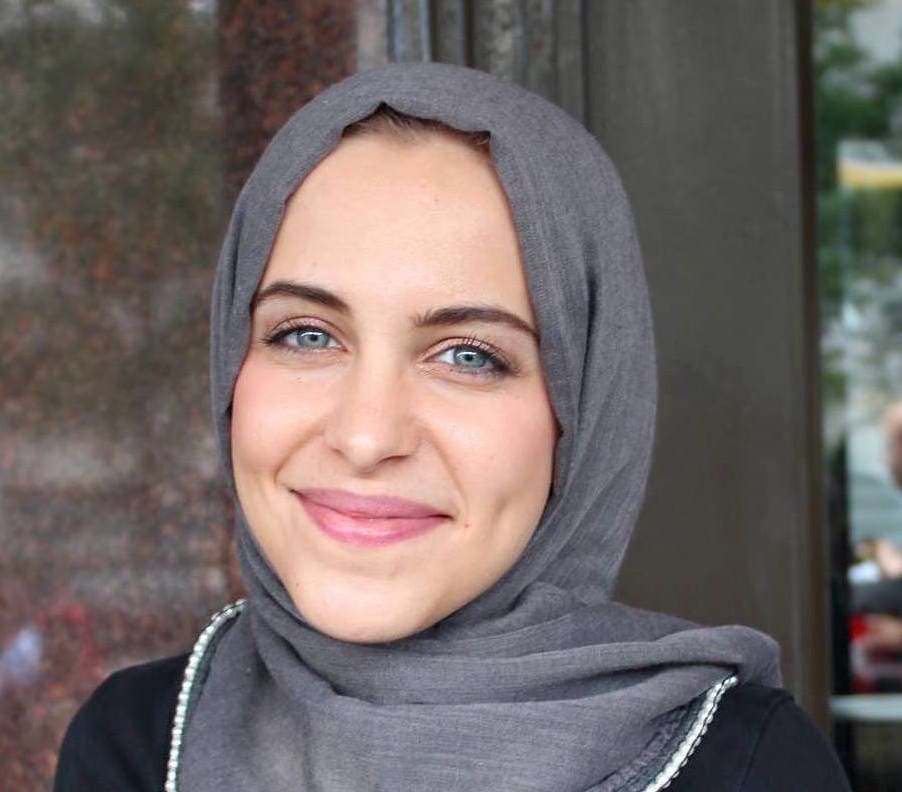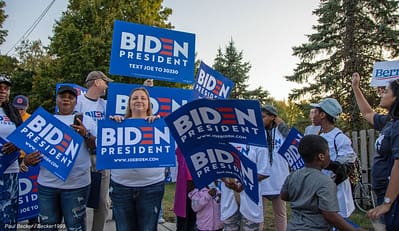
The topic of Palestine is already proving to be divisive within the US Democratic primaries, and it will undoubtedly remain a consistent question throughout the 2020 election season.
Where do leading presidential candidates stand, and what role does civil society play in influencing shifts in political discourse and policy positions? Al-Shabaka analysts Halah Ahmad and Zaha Hassan weigh in on these questions and more in our Super Tuesday policy lab, hosted by Nur Arafeh.
Al-Shabaka Policy Member Zaha Hassan is a human rights lawyer and visiting fellow at the Carnegie Endowment for International Peace. Her research focuses on Palestine-Israel...
Nur Arafeh is a Fellow at the Malcolm H. Kerr Carnegie Middle East Center, in Washington DC, where her work focuses on the political economy...
Halah Ahmad is a policy researcher, writer, and policy communications expert. Most recently, she led legislative affairs as VP for Policy at the Jain Family...
